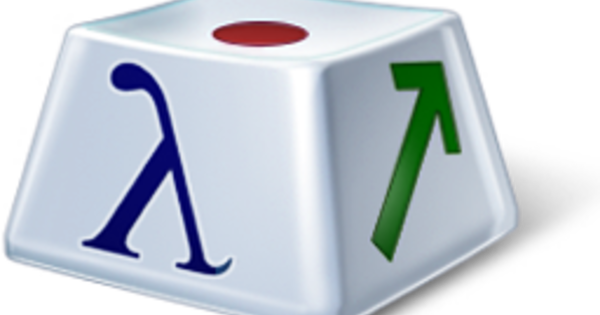In fact, you expect a modern operating system to more or less clean up its own mess. In the case of Windows 10, that doesn't quite happen anyway. And so an old acquaintance in the form of Disk Cleanup remains a necessary tool.
Windows has had a somewhat obscure tool called Disk Cleanup available for users for quite some time now. During the use of this operating system, junk is irrevocably accumulated over time. Consider, for example, an expanding collection of temporary files. Which are apparently less temporary. Or something as simple as cached website data. Or - much worse - the enormous amount of files that remain after, for example, an update or upgrade. If you have never run Disk Cleanup, you can suddenly free up up to tens of Gigabytes of disk space. However, it is a matter of long-term care. Cleaning up a never-cleaned system can take a lot of time. Furthermore, a small warning in advance: sometimes Disk Cleanup itself seems to be in the thick of it. The advice is to wait patiently. Usually it will eventually get better on its own.
To work
You can find Disk Cleanup in the Start menu under Windows System Administration. Searching for Disk Management via the well-known magnifying glass in Windows 10 is of course also an option. Actually, the tool has two modes: cleaning 'regular' files and cleaning system files. To clean up the really big mess, it is wise to press the S . buttonclean up system files to click. An analysis process will then start, which may take a while. You will now see the same list as before, with some additional options that are only available in Clean System Files mode. In our example, we see more than 9 GB of old, no longer needed Windows Update files. That's a lot if you use a laptop with a somewhat more modest (SSD) storage medium and therefore a rewarding purpose for cleaning. So carefully consider all options. In principle, you can select what is listed here for removal with confidence. Once you have made a selection, click on OK and confirm the action by clicking Delete files. Then sit back for a while. When the action (sometimes under the sigh of 'finally') is completed, the progress indicator window closes and you no longer notice anything of the huklp program. However, if you check how much free disk space you now have on the system disk, it might be a pleasant surprise! In short: just run Disk Cleanup every now and then, certainly once a month after, for example, the obligatory monthly update round of Windows.


